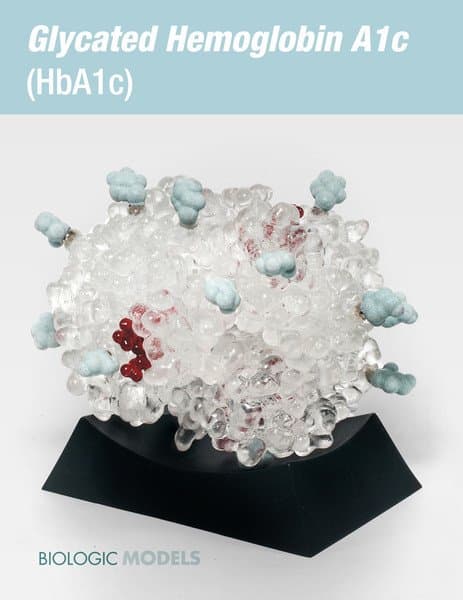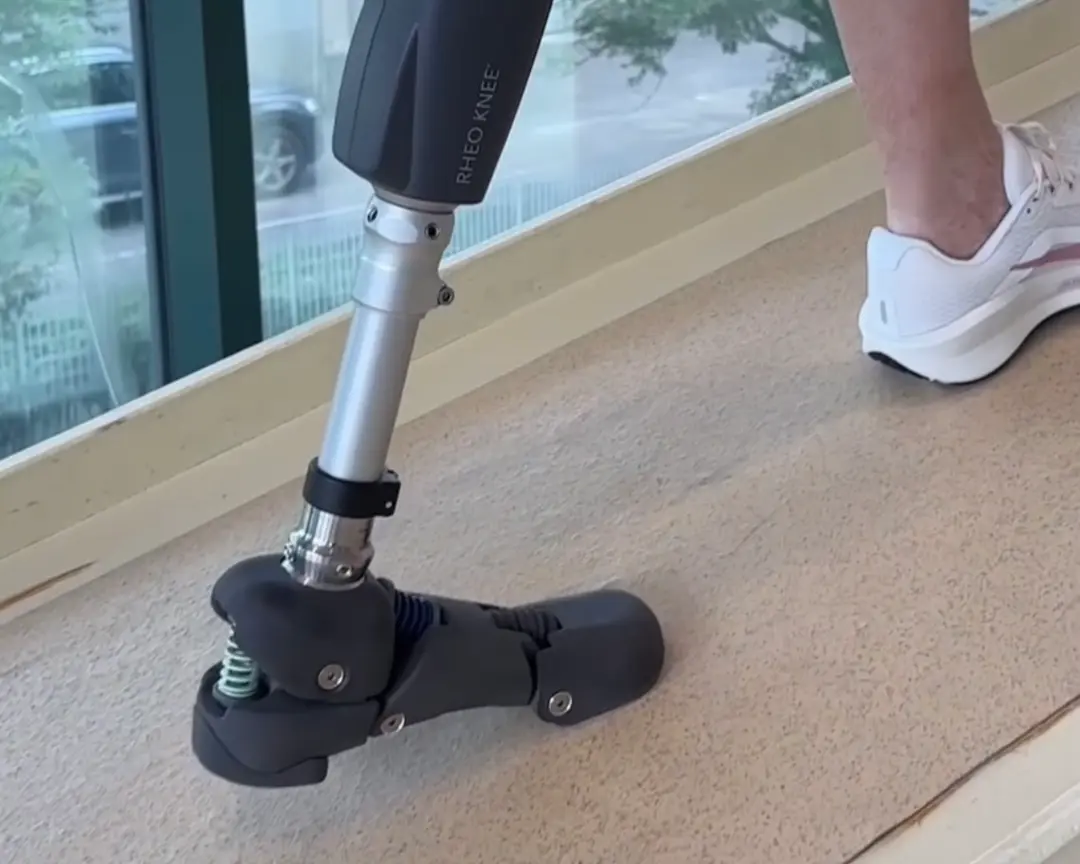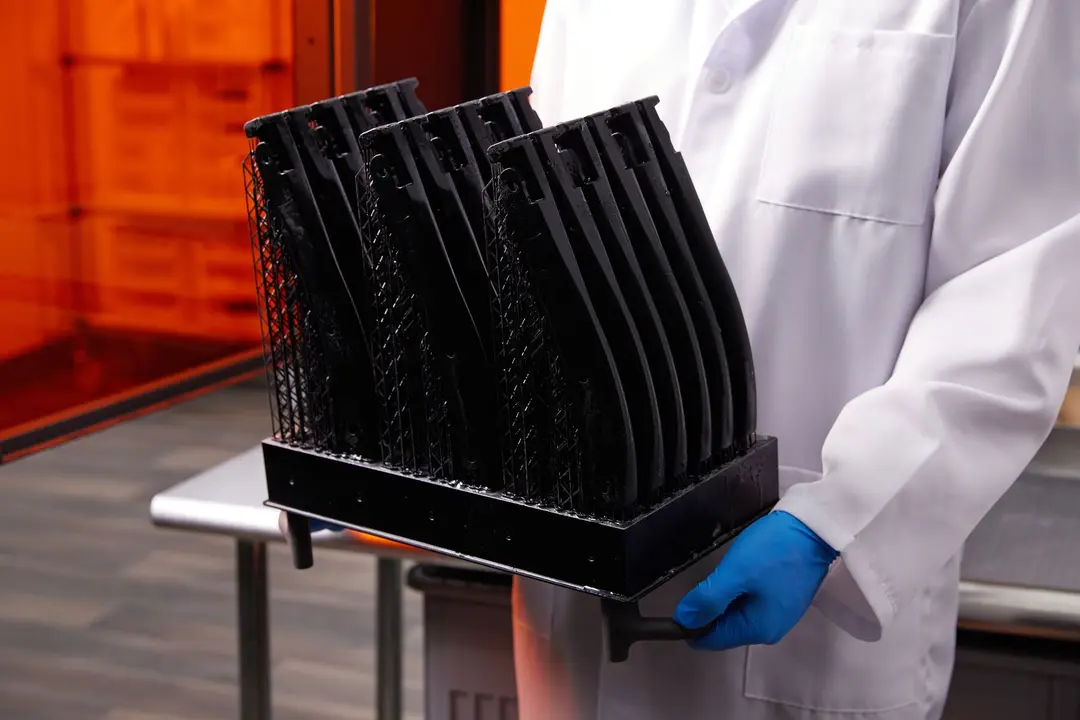
With a background in videogame animation, Casey Steffen of BiologicModels isn’t your traditional health care education advocate. That doesn’t bother him at all, though.
Working with a Formlabs 3D printer, a business partner in action figure production, an innovative dyeing technique, and the crowdfunding website RocketHub, Steffen is working to increase awareness of one of the simplest tests for monitoring diabetes and other conditions affecting blood chemistry. Sound like an interesting mix? We thought so, too!

Steffen’s masters’ degree in biomedical visualization gives him unique insight into the field of health care. His particular area of interest, in measuring blood glucose levels via the much-used but little-understood HbA1c test, utilizes Formlabs 3D printers to produce prototypes of human blood proteins — hemoglobin — in various states of glycation or oxygenation. These models, produced from real X-ray crystallography data sets, showcase the effect that the presence of different molecules can have on blood chemistry.

Most eye-catching about Steffen’s Formlabs prints, many of which can be seen on his website BiologicModels, is their veil of bright, translucent colors. The post-printing dyeing method came about as a matter of practicality: attempting to match up un-tagged printed models, his business partner Michael Gulen described, was like “trying to make sense of how popcorn should fit together”. In educational illustration, color is one of the most important carriers of information, so it was crucial that Steffen find a way to get color into his Formlabs prints.


He hit on success with a combination of rubbing alcohol, food coloring, and RIT dyes, plus an essential UV-blocking coat of clear varnish. The process works on completed Form 1 prints made with Clear resin. The results are breathtaking, not to mention full of useful information!
“It turns out,” Steffen reflects, “that most of these types of educational products get made by really large companies that distribute them throughout their network of industry contacts” — and that leaves many patients in the lurch, when it comes to understanding their own medical test results. The HbA1c campaign aims to put information with those who can make the best use of it: back into the hands, literally, of patients!
Check out BiologicModel’s Glycated Hemoglobin campaign, which was 100% funded on Rocket Hub!
3D Printing in Healthcare
Learn more about how healthcare providers across the globe use desktop 3D printing for high-impact medical applications, while saving organizations significant time and costs from the lab to the operating room.
Medical models in particular are a highly valuable tool for both education and training, and preoperative planning, enhanced patient consent, intraoperative visualization, and sizing or pre-fitting medical equipment.
Interested in creating patient-specific medical models? Download our white paper for a step-by-step walkthrough of the workflow.


